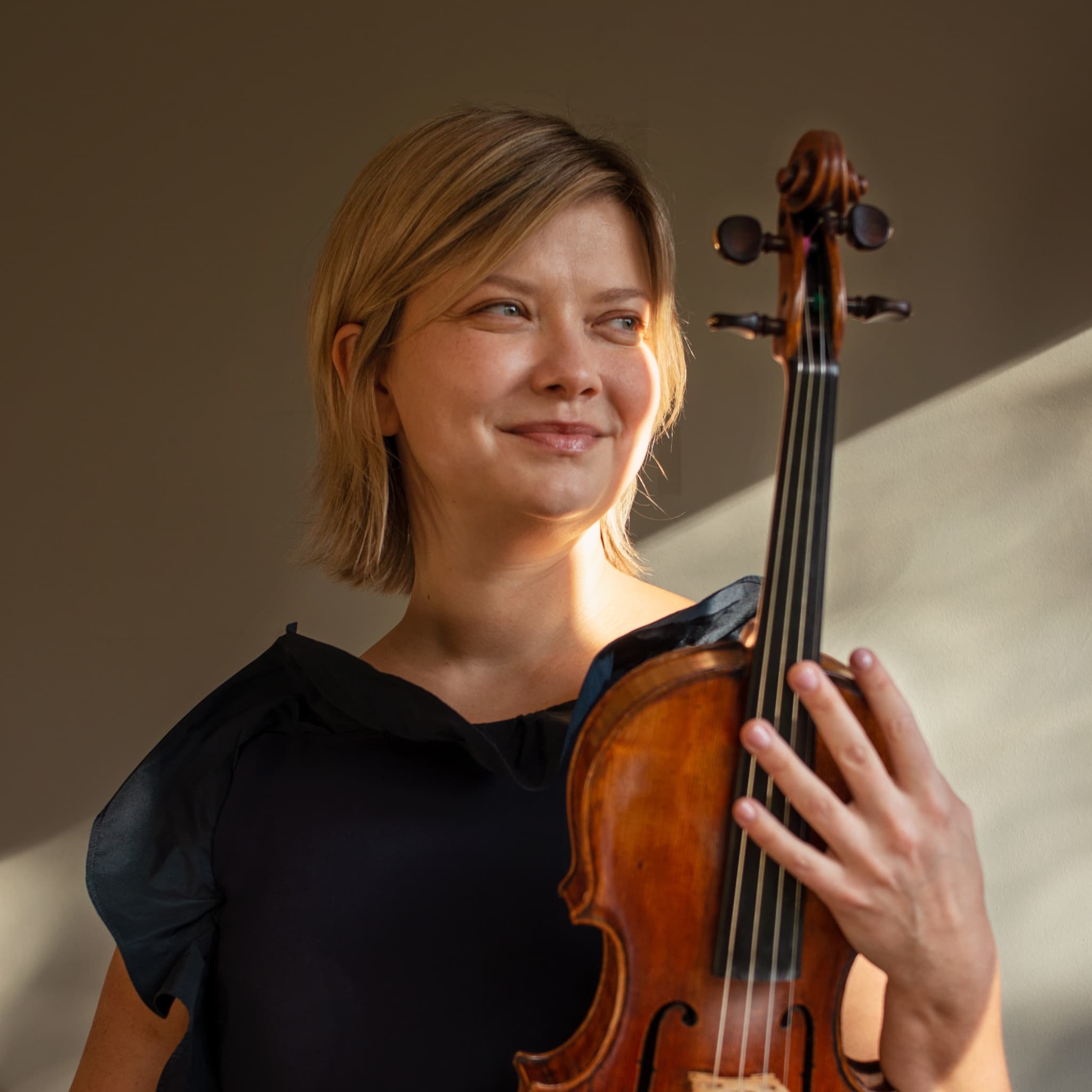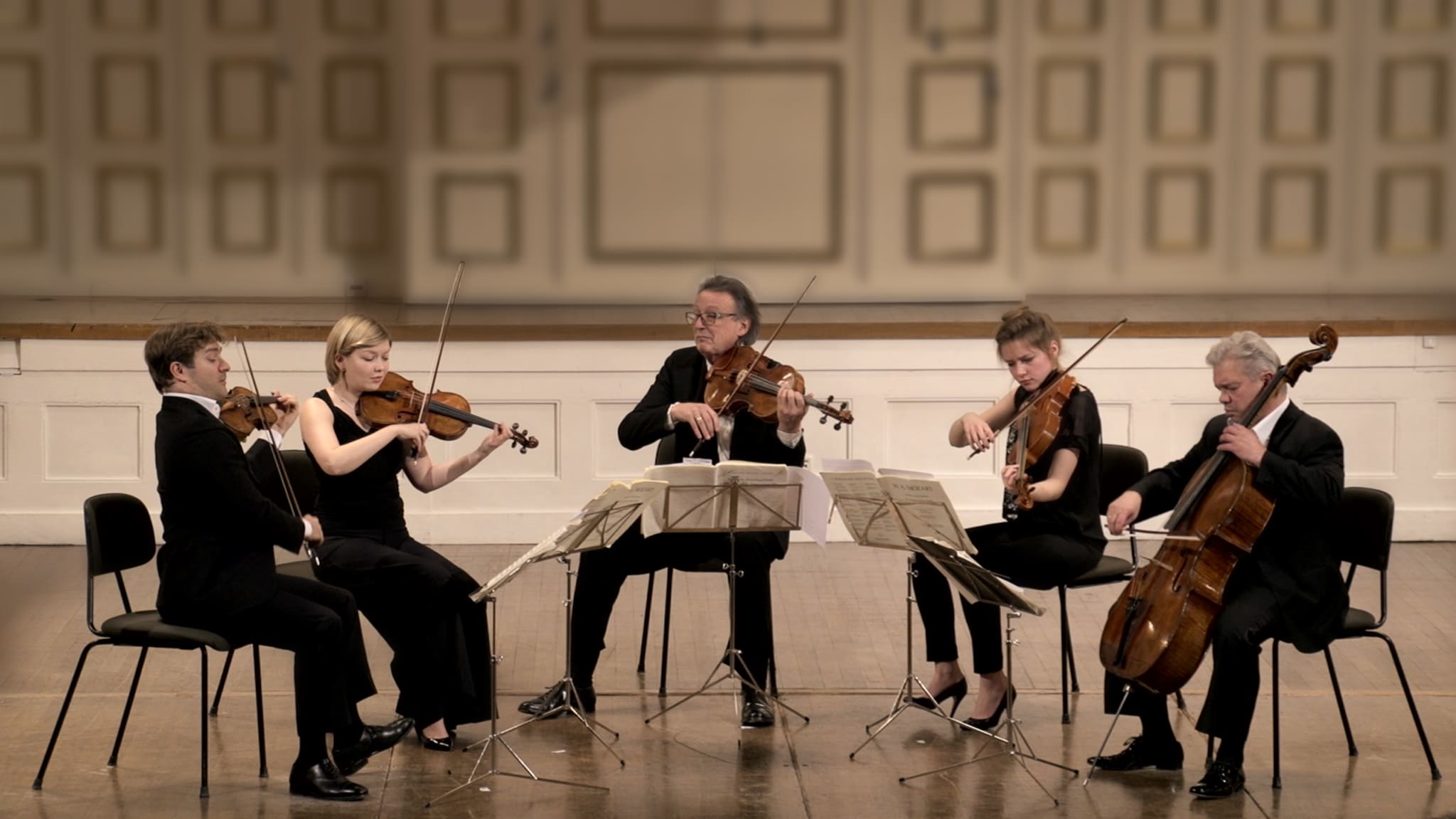Album insights
Camille Saint-Saëns embodied 19th-century French music, enriching all genres of French musical literature and impacting the music scene nationwide. Revered as the "most complete" musician of his time by his loyal friend and student Gabriel Fauré, Saint-Saëns excelled in varied roles, spanning composition, performance, teaching, and criticism. Despite early fame, his works were overshadowed posthumously due to evolving musical trends, yet in the 21st century, he is being reevaluated as a consolidating and innovative composer.
Eagerly embracing chamber music, Saint-Saëns shared a special bond with the genre throughout his life, nurturing it from his early compositions to his farewell pieces. His dedication to these creations sprang from a deep personal connection, akin to caring for his own offspring. From a young age, he displayed remarkable talent, composing pieces for renowned musicians and exploring various forms of expression in his works.
One of Saint-Saëns's notable compositions, the Tarentelle in A minor, soon gained international recognition, captivating audiences in New York, Monaco, Russia, and Cuba. This energetic piece, showcasing a spirited exchange between the flute and clarinet, charmed listeners with its playful dynamics and intricate melodies. In a similar vein, his Piano Quintet in A minor marked a significant milestone in his career, combining virtuosic piano passages with harmonious string quartet dialogues.
Infusing his works with creativity and purpose, Saint-Saëns aimed to disrupt prevailing norms in French instrumental music. Establishing the Société Nationale de Musique with Romain Bussine in 1871, he championed living French composers, paving the way for a new musical landscape. His commitment to promoting chamber music led to collaborations with prominent artists, enriching the repertoire with masterpieces that endure to this day.
Known for his innovative approach to blending classical traditions with contemporary themes, Saint-Saëns's enduring legacy lies in his sonatas and chamber music. Crafting monumental works for oboe, clarinet, and bassoon, he showcased the versatility and timbral richness of woodwind instruments. Through poignant melodies, intricate structures, and a profound sense of harmony, Saint-Saëns elevated French instrumental music, forging a distinct path in the realm of classical composition.












